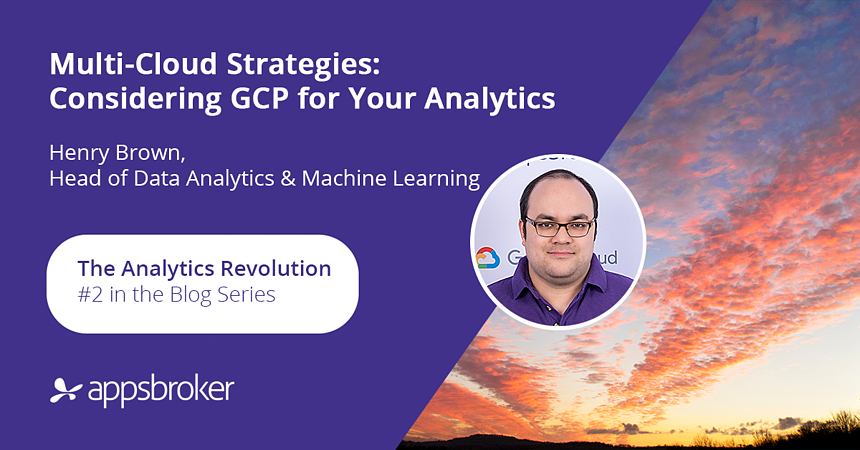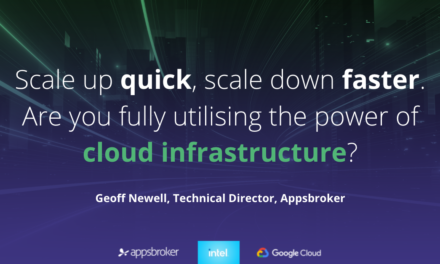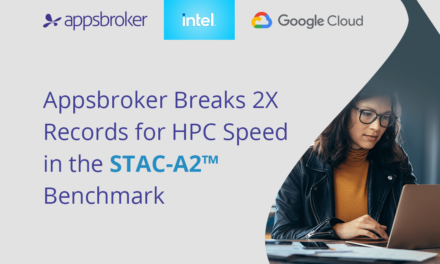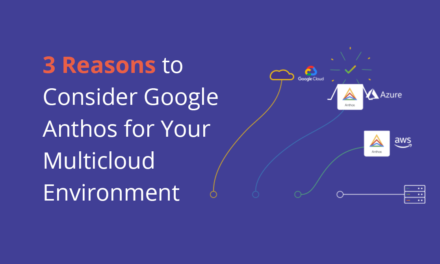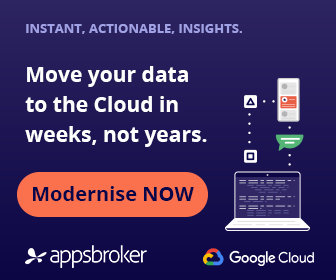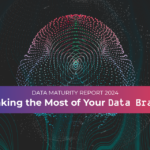The nature of multicloud is changing quickly, with technologies such as Anthos creating entirely new possibilities in the space. (Have a read of Geoff’s post for more information on that point.)
In this climate, we’re seeing organisations focus more and more on specialised multicloud strategies to get the most out of the different strengths of vendors. Many are looking to move their heavyweight analytics workloads over to the Google Cloud Platform environment.
This may be because of the perception that Google is the world leader in advanced analytics and data, due to a range of open-sourced innovations in the last few decades such as Tensorflow, AutoML and Hadoop. Google is one of the foremost innovators that heavily focuses on Machine Learning and embedding it into all of their products, which holds significant implications for data.
There are several key philosophies that tend to attract businesses to considering Google for their analytics:
1. MLOps leadership
Google has, for many years, led the way on MLOps (DevOps for Machine Learning) and has pioneered much of the technology in this space, with tools such as KubeFlow. We’ll be releasing more content on this subject in the coming weeks so use the form below to subscribe and get notified.
Join our data and machine learning community to access on-demand content and exclusive virtual sessions.
2. Multicloud support
With Anthos, multicloud environments for ML applications are easier than ever before. We’re seeing numerous organisations look at using Anthos for managing their primary on-premise compute resources, while creating extensibility onto Google Cloud Platform – particularly when it comes to tools such as JupyterHub.
Related Read: Cloud-Native Analytics
3. Streamlined tools
Google, based on experience, is uniquely a proponent of Apache Beam via Dataflow. Unlike other major cloud providers, where event-driven vs batch data pipelines manifest in extremely different tools, Dataflow provides a single tool and treatment for both Batch and strEAM data (hence the name Beam). This is one of the most common challenges when productionising analytics packages, and largely managed for end users with Dataflow.
So when considering multicloud and how to get the most out of analytics, the strength of Google’s portfolio can be extremely compelling. And when it comes to actually implementing as part of a strategy, Google’s open-source and multicloud philosophy, along with replication services to capture data from other clouds, means that portability has never been easier.
Sign up for our educational track, ‘Change the Future‘ to join our data and machine learning community and gain access to on-demand content and exclusive virtual sessions to help you unlock innovation in the Cloud.

